Science News
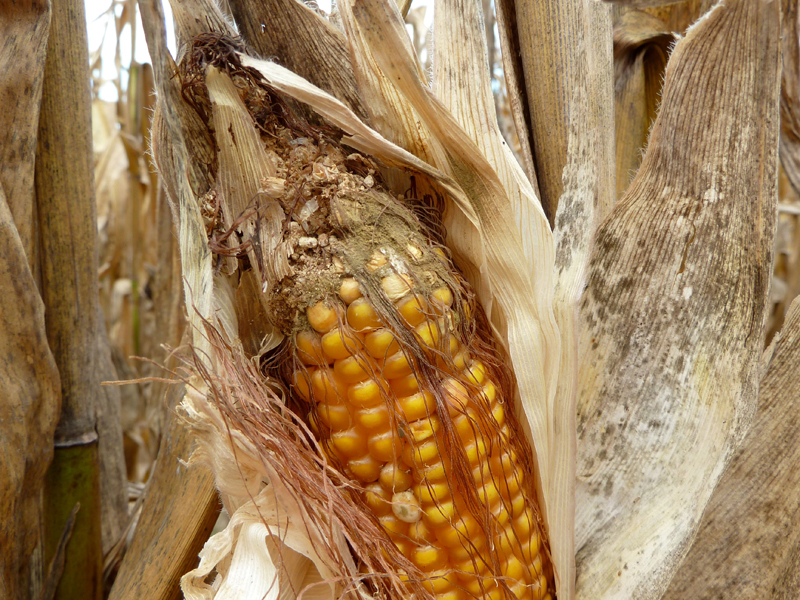
It’s not fun when a fungus contaminates crops. Safe native fungi, however, show promise in the fight against toxic fungal contamination.

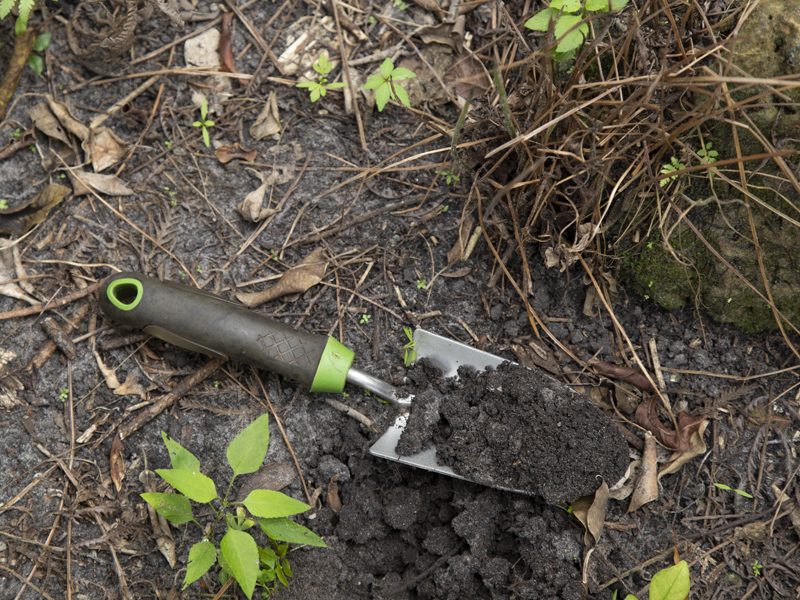
Crops just can’t do without phosphorus.
Globally, more than 45 million tons of phosphorus fertilizer are expected to be used in 2019. But only a fraction of the added phosphorus will end up being available to crops.
The impact is two-fold: financial and environmental. “Fertilizer costs are significant for farmers in south Florida,” says Tiedeman. “And phosphorus rock, the most widely used source of phosphorus fertilizer, is in low supply across the globe. It is thought that phosphorus rock resources will only be available for the next 50 to 200 years.”
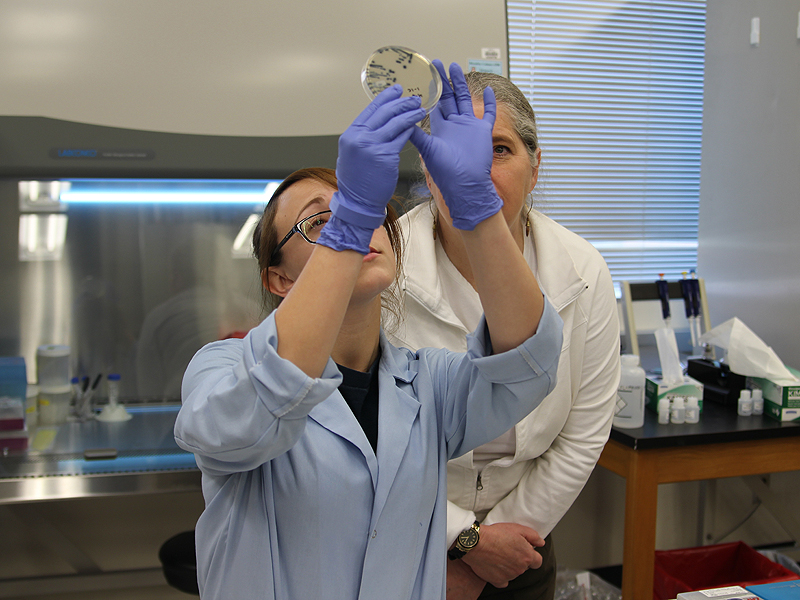
Salads were recently in the news—and off America’s dinner tables—when romaine lettuce was recalled nationwide. Outbreaks of intestinal illness were traced to romaine lettuce contaminated with Escherichia coli (E. coli) bacteria.
These bacteria occur naturally in the intestines of warm-blooded animals. Because crops are grown in the natural environment, E.coli may get into the fields, contaminating produce. The results are potentially deadly for people who eat that produce.
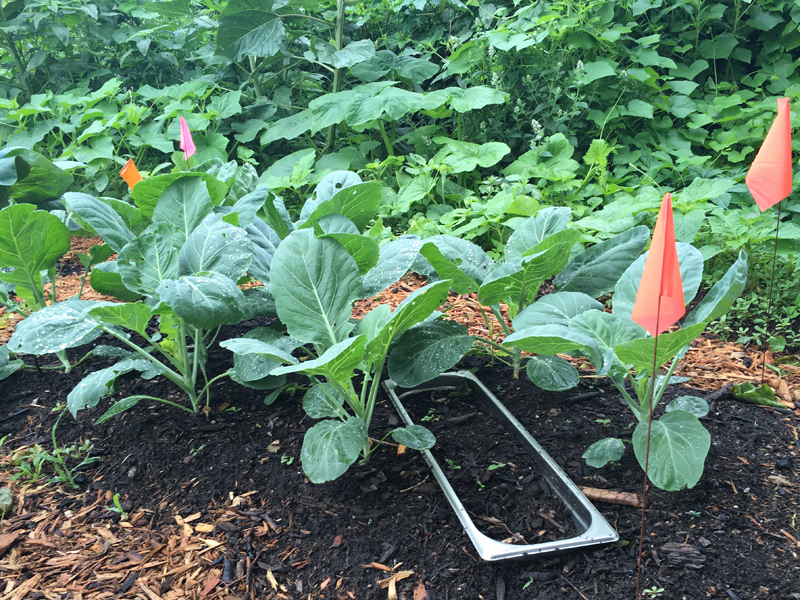
“A healthy community requires healthy soil.” This idea spurred a consortium of researchers, farmers, and community garden practitioners to dive into the challenges—and opportunities—of urban agriculture. Their efforts, now in a second year, may highlight how urban soil can be a resource for human and environmental health.

Farmers irrigating their crops may soon be getting some help from space. In 2018, scientists launched ECOSTRESS, a new instrument now attached to the International Space Station. Its mission: to gather data on how plants use water across the world.
The ECOsystem Spaceborne Thermal Radiometer Experiment on Space Station (ECOSTRESS) helps scientists answer three broad questions:
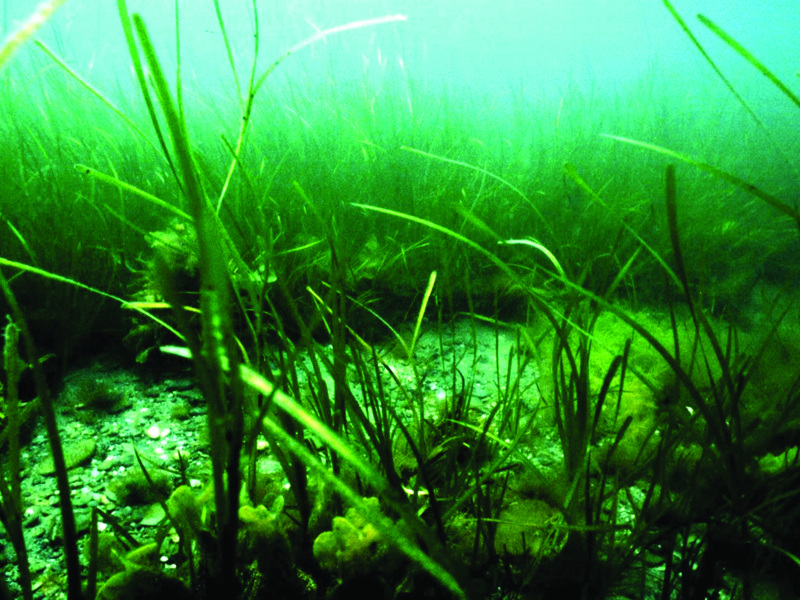
Soils all over the Earth’s surface are rigorously tested and managed. But what about soils that are down in the murky depths? Although not traditional soils, underwater soils have value and function. Some scientists are working to get them the recognition and research they deserve.
One of these scientists is Mark Stolt from the University of Rhode Island. He and his team are working to sample and map underwater soils.
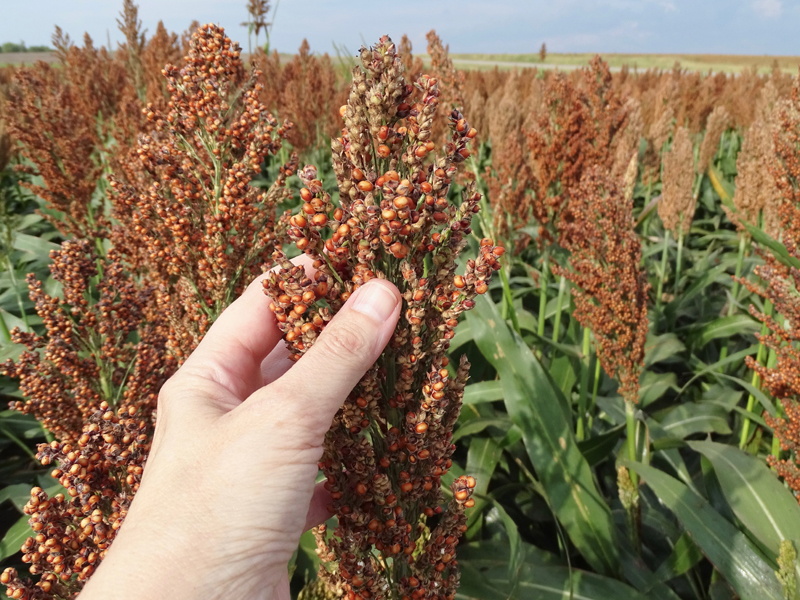
The plant world works in mysterious ways. We often think of plants producing flowers so those flowers can produce seeds for the next generation. But what would be the purpose of a flower that doesn’t bear seeds?
“We were particularly perplexed as to why a plant would invest energy if that structure isn't making a seed,” says Elizabeth Kellogg. “It seems as though it would be a waste of energy.”
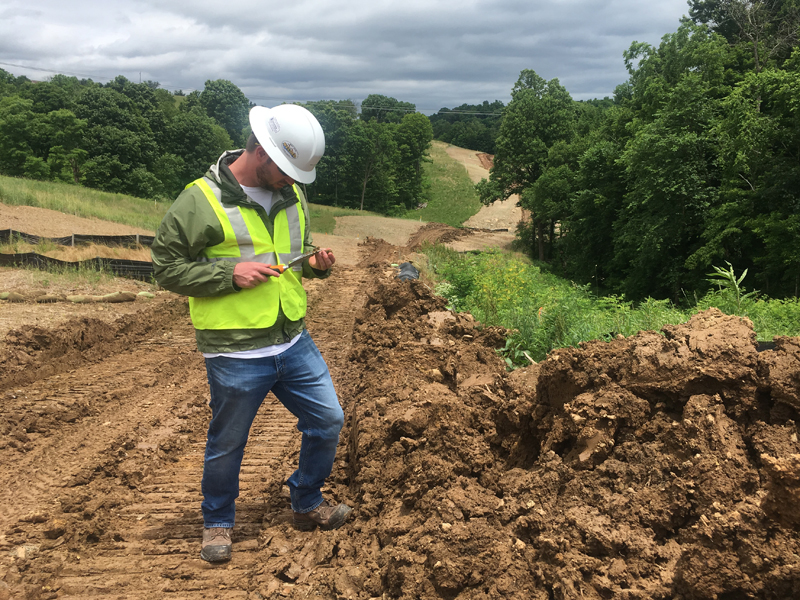
More than 2.4 million miles of energy pipelines crisscross the United States. If assembled end-to-end, they would circle the Earth almost 100 times!
Energy pipelines transport products such as crude oil or natural gas. Some of the pipelines are above ground, but most of them are buried. Often, energy pipelines pass through previously undisturbed areas. These areas need to be managed carefully to re-establish ecologically functioning systems. This complex process is called land reclamation.
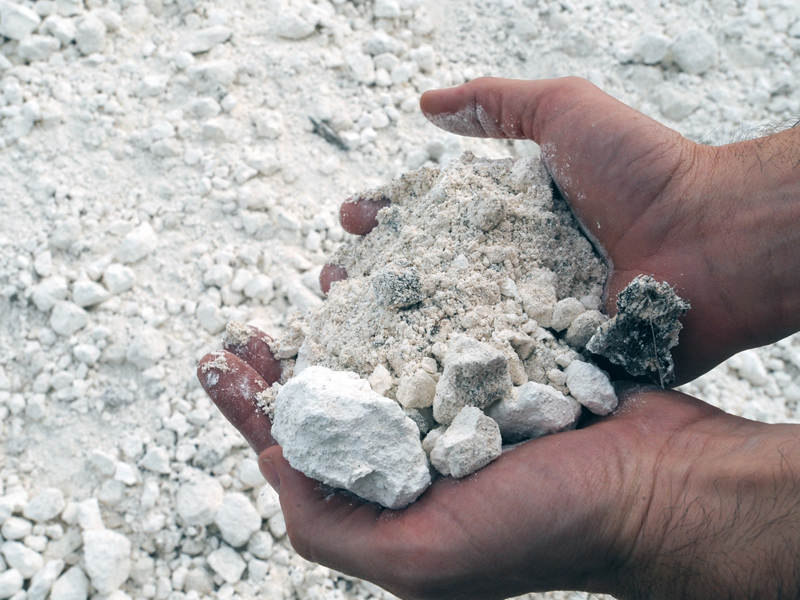
Warren Dick has worked with gypsum for more than two decades. You’d think he’d be an expert on drywall and plastering because both are made from gypsum. But the use of gypsum that Dick studies might be unfamiliar to you: on farmland.
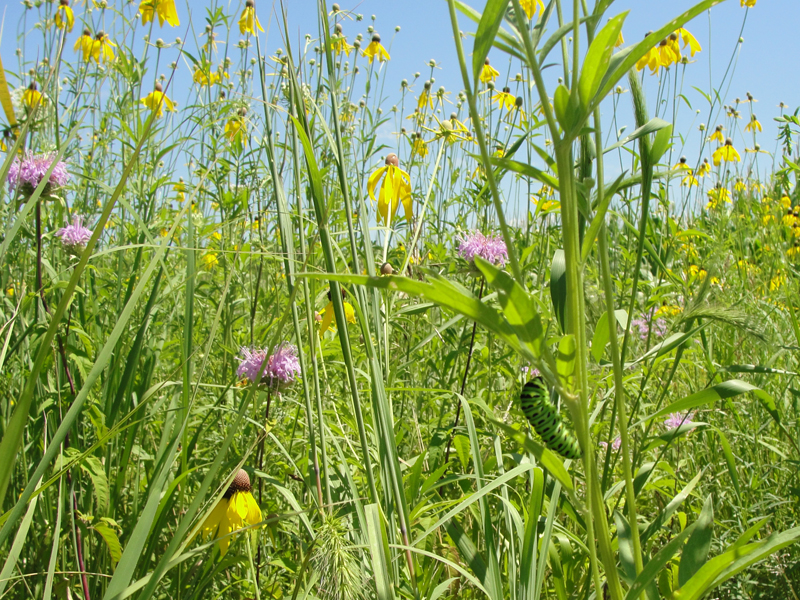
Modern agriculture’s large monoculture fields grow a lot of corn and soybeans, planted annually. The outputs from row crops can be measured both in dollars paid in the market and also in non-market costs, known as externalities. Soil, nutrients, groundwater, pollinators, wildlife diversity, and habitat (among other things) can be lost when crop yields are maximized.
Now it appears that prairie strips have an extraordinary power to change this pattern.
